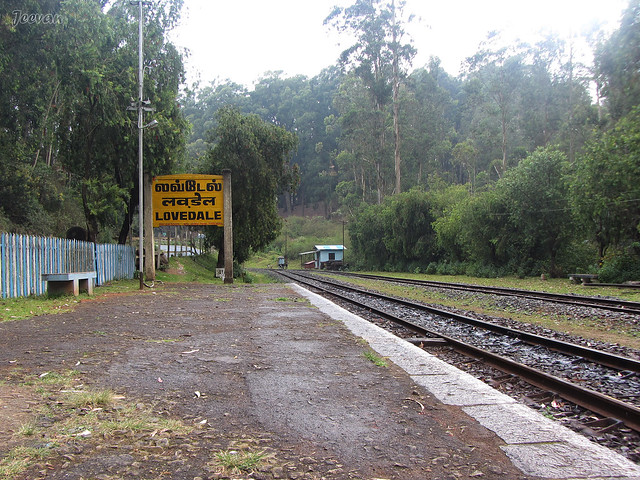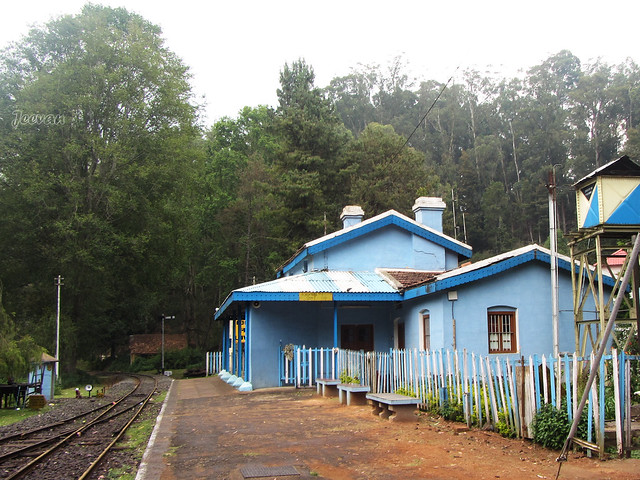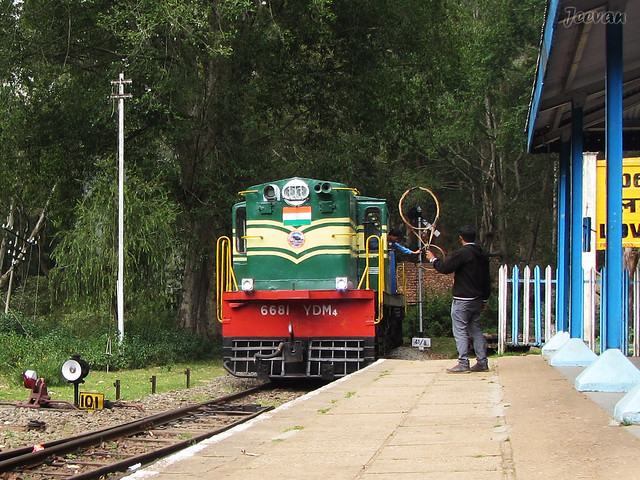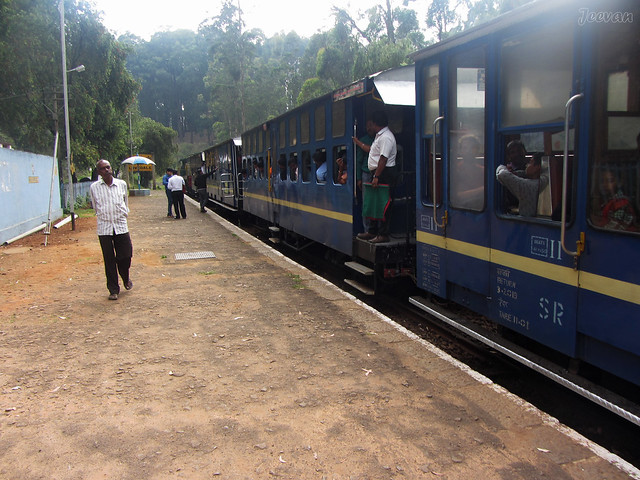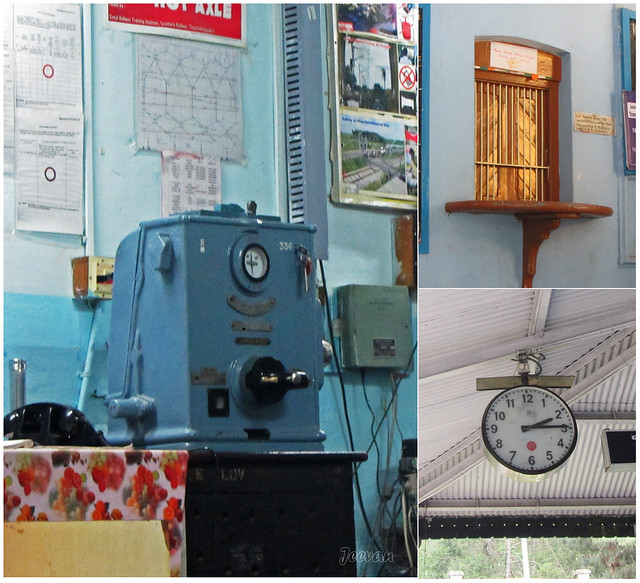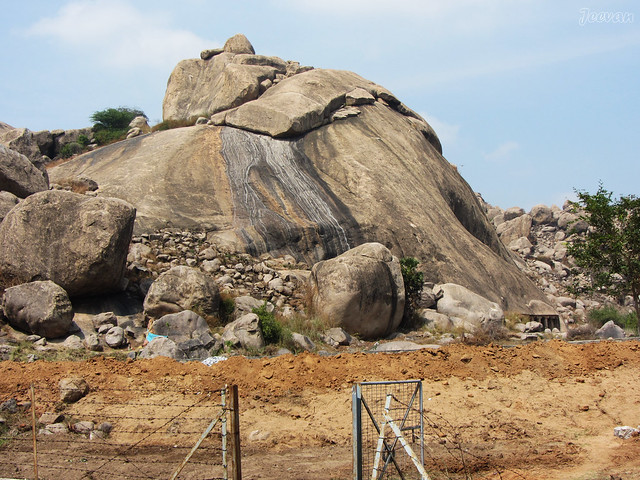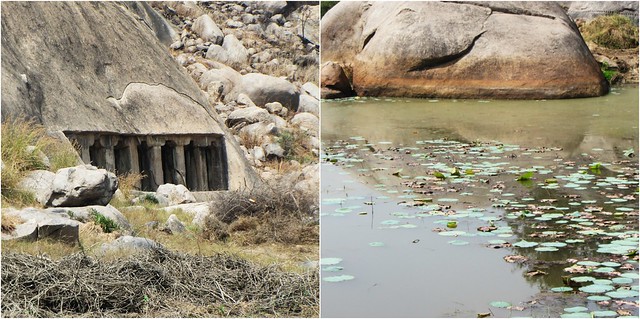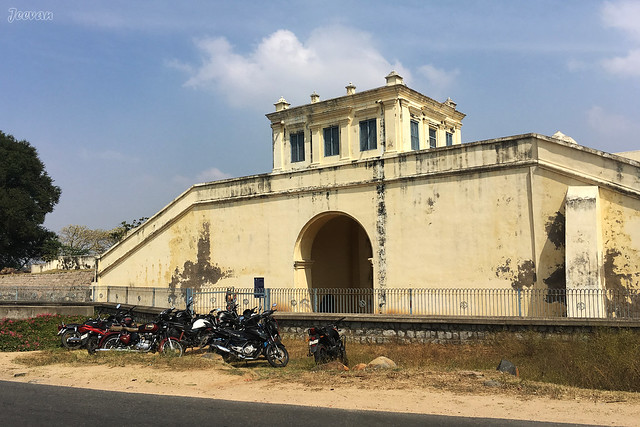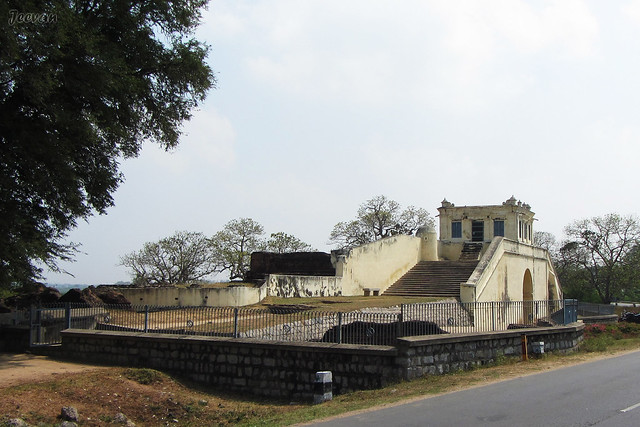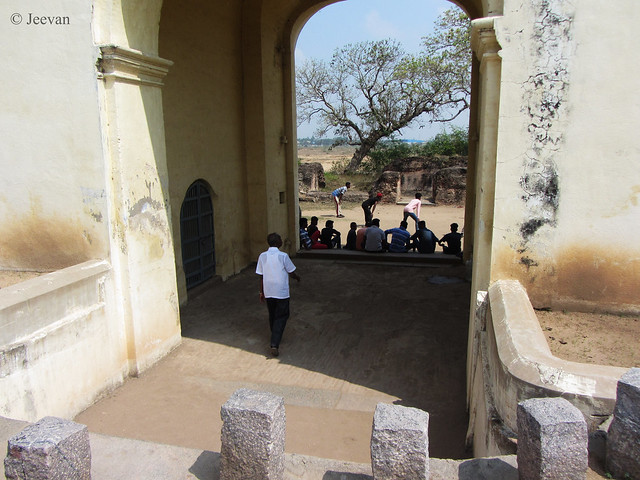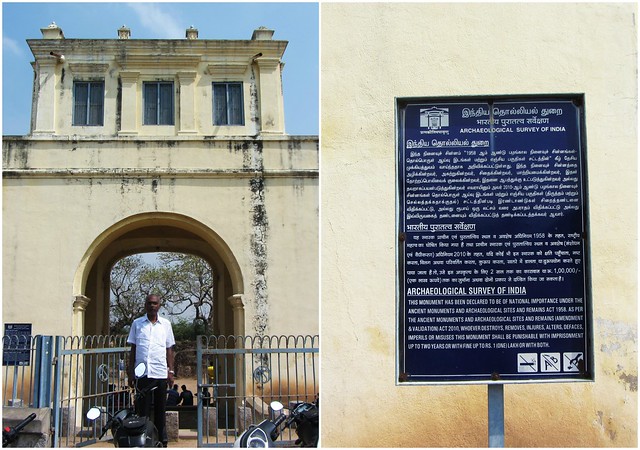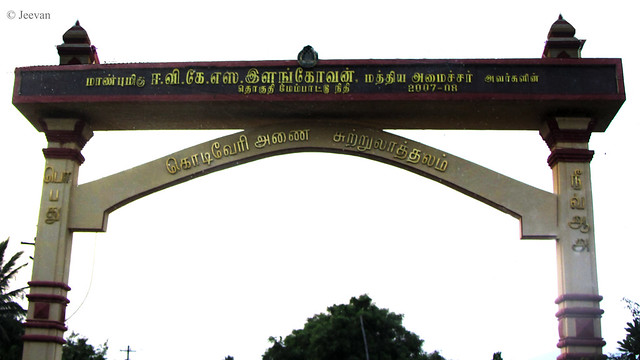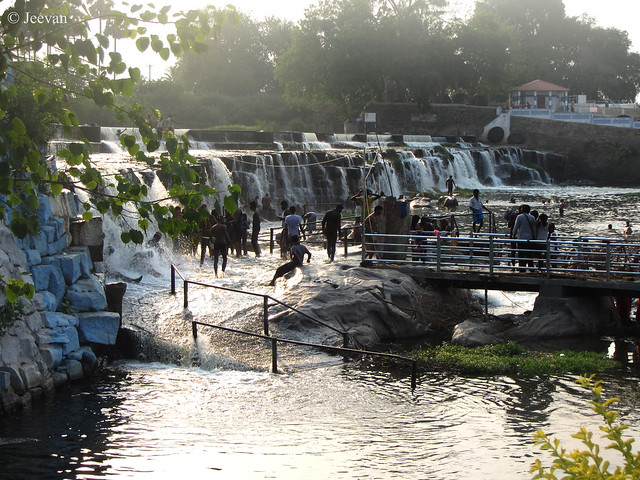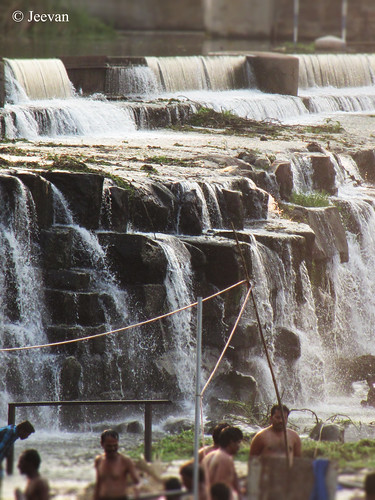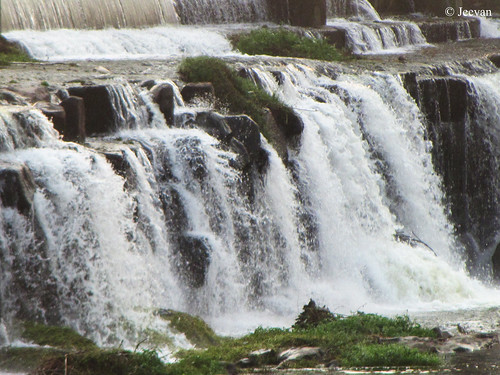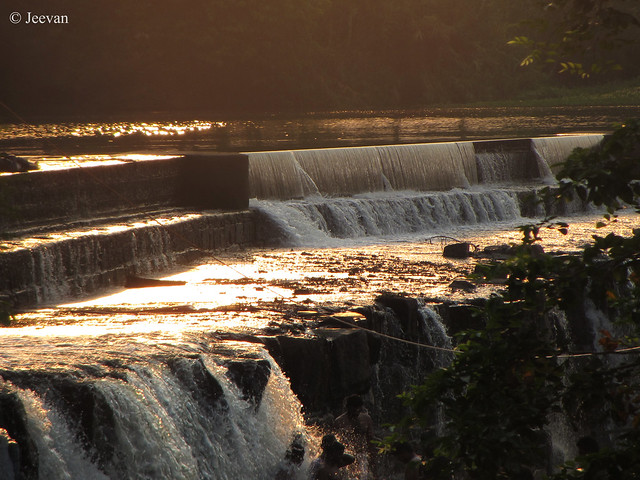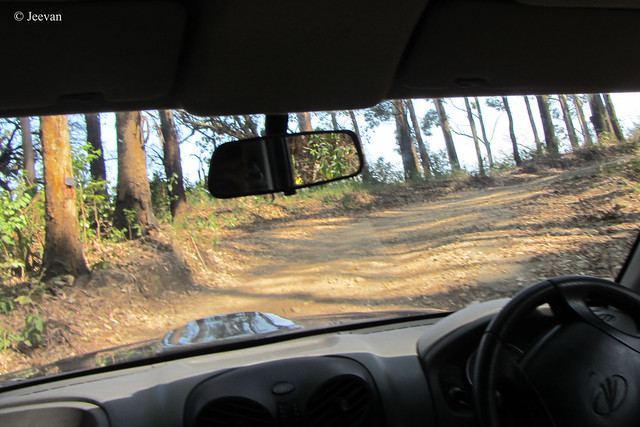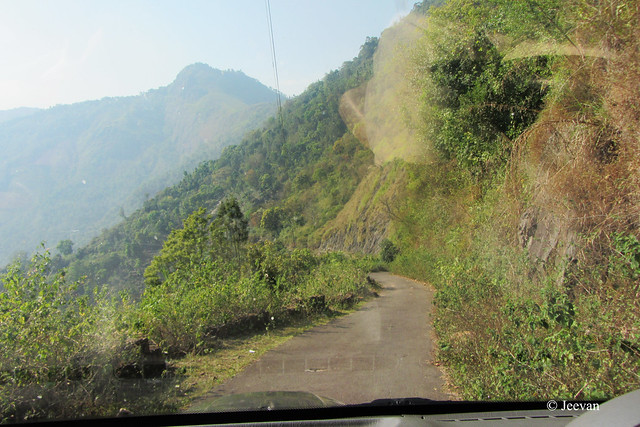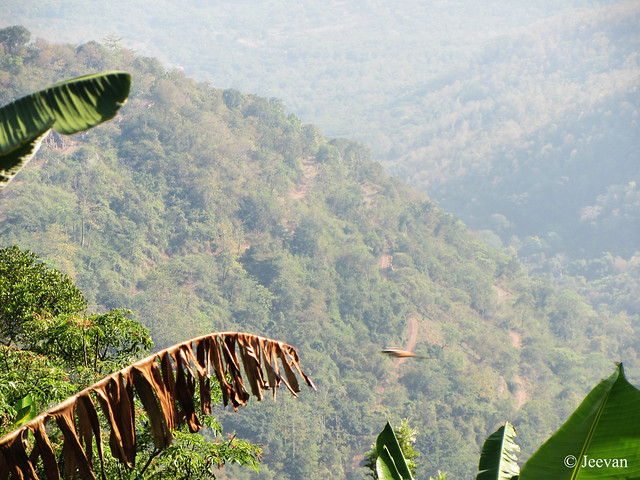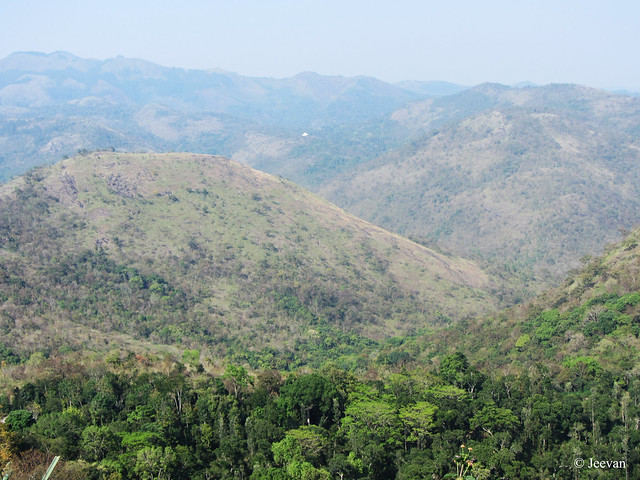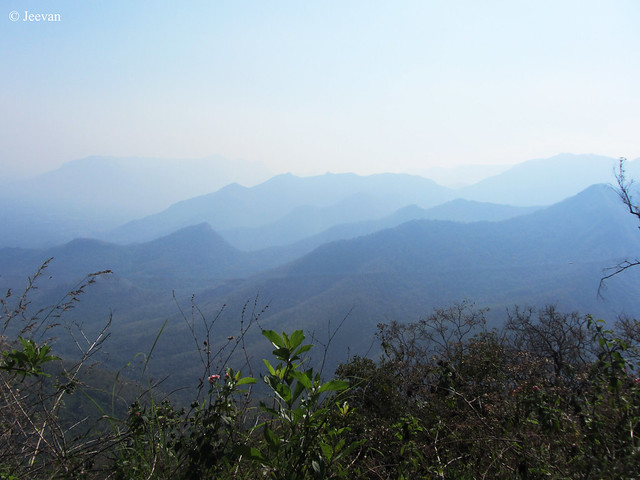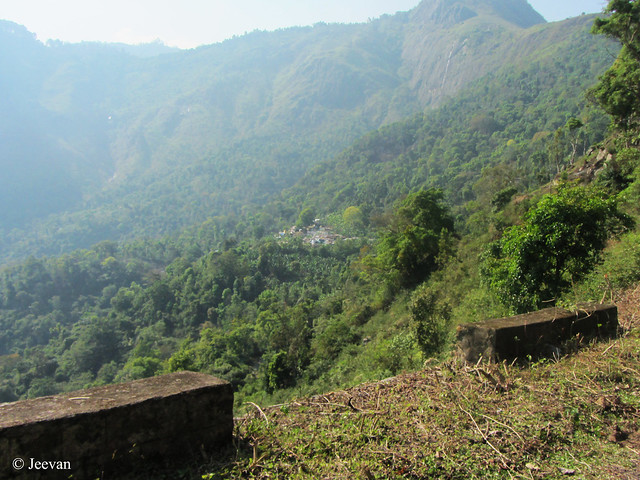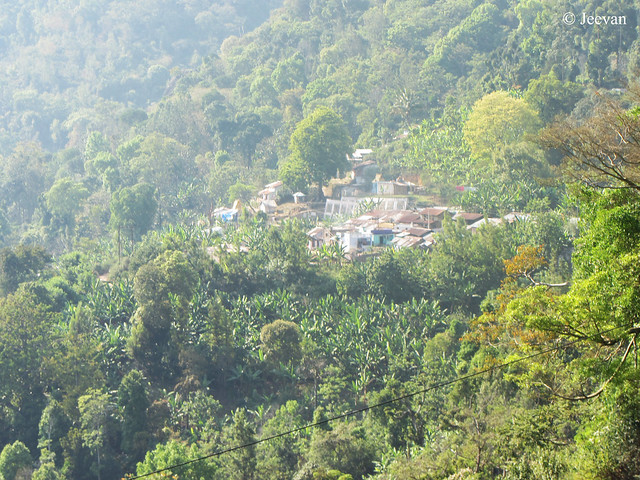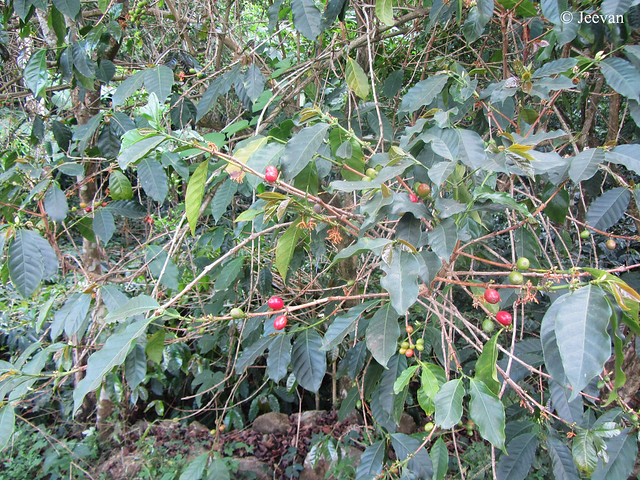I always prefer for leisure
travel but we can’t anticipate it to be same when covering a long distance
within a timeline. Either Ooty or Kodaikanal, it takes almost a day to reach
with the destinations more than 500 kms we can’t spare much time on places en
route, so I always look for a chance to stay close to the destination or less
than half-a-way away experiencing the places I want.
My last month’s
travel to Nilgiris happened to be one and we didn’t drove to Ooty directly but rather
decided to stay at
Sathyamangalam which got me chance to check couple of
places that’s close to the destination. We had our lunch somewhere between
Salem and Bhavani while going from Chennai and the weather was too hot and
before we head to Kodiveri, halted on way for about an hour to have a cup of
tea at my dad’s friend house in Kavindapadi.
Kodiveri is about 16 km from
Gobichettipalayam
on the way to Sathyamangalam, which is about 14 km away from Kodiveri... a
popular tourist part of this region, in Erode district. An arch on SH 15 (state highway) welcomes us to Kodiveri dam and in about 2km we reached the parking lot and the
weather was continued to be hot. Though it was about 5.pm the sun doesn’t show
mercy but it wasn’t matter when got close to water…
I was unsure about the water flow
at the dam come falls, as our entire state is facing drought, I was so glad to
see enough water at the dam leading great flow in the waterfalls. A minimum
amount is collected as fee to enter the dam area but I couldn’t get really
close to the water because of the unfinished pathway that make its way through
small park area. I was content with the views on the waterfalls from either
above or the pathway.
Kodiveri is a kind of check dam
built across the Bhavani River and the downstream of the dam forms the
waterfalls. The name “Kodiveri” is originated from the Tamil word meaning
Tiger, which represents the large number of tigers lived in the forest area around
the Dam. Not to forget the Sathyamangalam Tiger Reserve isn’t far away. The
falls being not heavy, people are allowed to bath and swim in the pool of water
as well as the falls, and reaching is also not difficult.
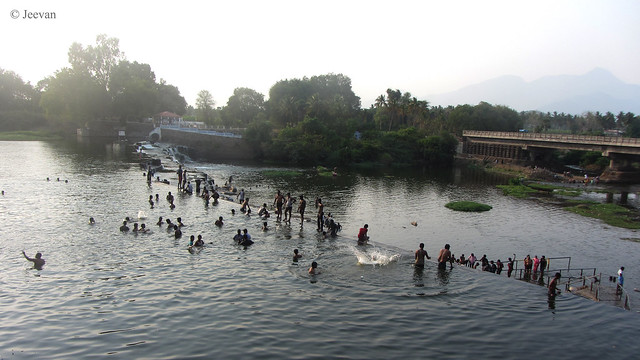 |
| Picture shot from few meters above the dam... and you could see the upcoming bridge to connect both banks of river |
Entering of Kodiveri dam can be
done from both sides of the Bhavani River, but the main entrance lies on the
south through which we entered and to reach the other side there’s a separate
route from Sathyamangalam. Right now an over bridge is under construction to
connect the north and south side of the dam… but people also walk above the
check dam on their own risk. Similar to
Hogenakkal, coracle ride is also available at the dam for fun and transport.
Coming to the important aspect of
them dam was it was built 865 years ago! Constructed by the Kongalvan in the
year 1125 AD, the dam was consisted of carving a 20-ft wall of rock. The stones
were then interlocked with iron bars and lead in place of mortar. There’s also two channels arise from the dam
(Arakkan Kottai and Thadapalli channels) respectively, turning the land of
Gobichettipalayam fertile due to the flow of channels.
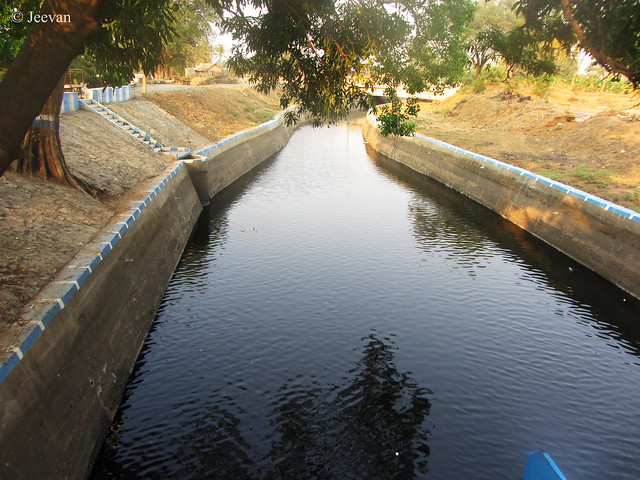 |
| The southern side Arakkan Kottai Channel |
Bhavani River seems to have
different ups and downs and to meet the need of the farmers surrounding and to
manage the water crises the dam was decided to build. Since then, the
irrigation level increased in the surrounding area and the dam provides water for
over 25000 hectares of land.
We spent about an hour at the dam
site watching the waterfalls and the setting sun truly created an impact across
the falls and I was delight to shoot utilizing the shimmering light effect. Glad
they have laid some pathway at least to take photos from certain point of
views… being Monday, the crowd was less at the dam site and mostly men were
showing and swimming at falls and dam.
Kodivere is at a distance of
75-80km from Coimbatore and and it is well connected by road from any nearby towns and cities
























